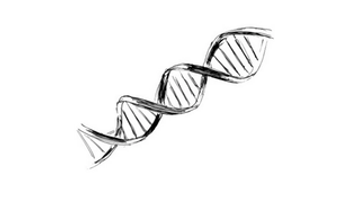
Clincial Trial and Overall Survival Data with Olaratumab
Brian Van Tine, MD, PhD:If we get into the subgroup analysis, we have to realize there’s only 66 or 67 patients in each arm, and so it’s a smaller phase II trial compared to the large phase III data. But, if we get into the subgroup analysis, a few things stood out. The first is, the earlier you use this, the more likely you were to respond. So, frontline therapy with doxorubicin/olaratumab seemed to be better than if you were treated, say, eighth-line, which was allowed on the original study. In addition, younger patients seem to do better, say, those under 65. And, patients with leiomyosarcoma actually stood out as a subgroup of patients, but it may have been because of the number of patients on trial that actually looked like they did better. There were a number of other subgroup histologies that were looked at, but leiomyosarcoma was looked at as one of the more important ones in terms of using this for that regimen.
I think if you look at this combination therapy through the eyes of a sarcoma doctor, what you see is that most of the side effects come from the doxorubicin. And, because of that, I think other than anaphylactic reactionswhich are purely from the monoclonal antibody, which happen mainly in the Midwest—what you find is mucositis, nausea, and vomiting. I think what we really have to work and partner with people on, actually, is cardiotoxicity. This trial was written with 8 cycles of doxorubicin followed by maintenance, and I think that’s going to push a lot of physicians into an area where they’re not comfortable, going up to 600 mg/m2, especially any physician who is used to breast cancer dose caps. And so, I think it’s important to revisit the use of either infusional doxorubicin, that’s over 3 days, or the use of dexrazoxane.
The label for dexrazoxane really means you should be using it as you cross over to the 300 mg/m2 cumulative dose of doxorubicin that’s given. So, if there was a dose reduction in your doxorubicin, it may be given usually around cycle 5. And, you can use that to try to protect the heart between cycles 5 and 8. As long as the patient is tolerating this, I think getting the most benefit from your anthracycline on this regimen is important, and not just cutting it early just because you’re uncomfortable with it. Partnering with a cardio-oncologist is also important. These are usually now showing up in most large academic centers. And, this is something that can give you the optimal outcome and really push the overall survival of your soft-tissue sarcoma patient.
Case Scenario 1:
- The patient is a 36 year-old Caucasian man, referred to a center of excellence after diagnosis of a high-grade undifferentiated pleomorphic sarcoma located in the retroperitoneum.
- The tumor is large (8 cm), deeply seated, and unresectable because of its location and invasion of major vascular structures.
- His performance status is 0.










































